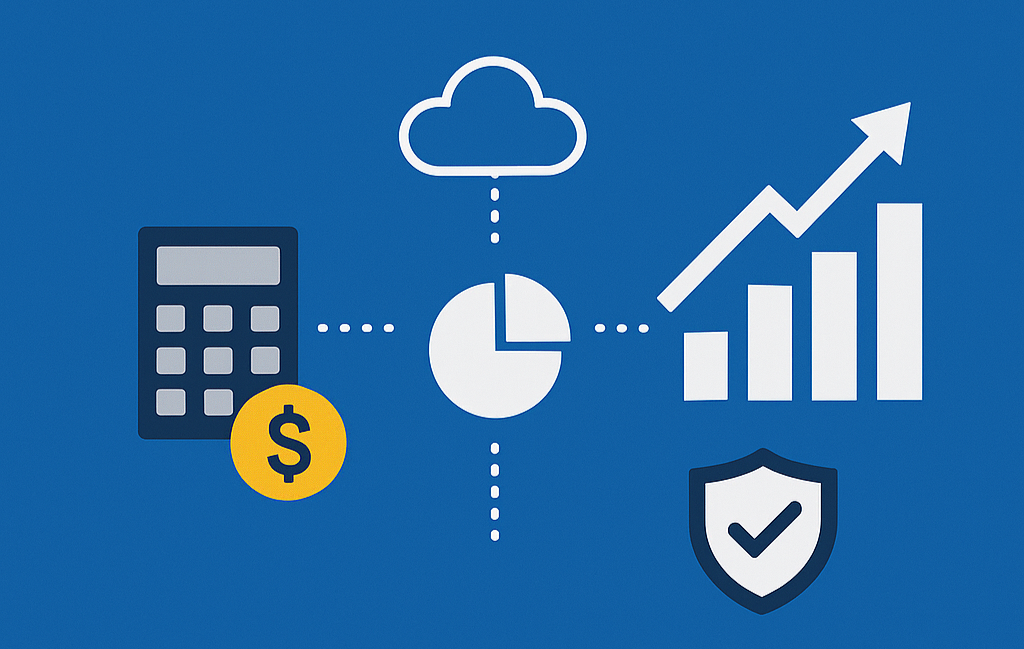In today’s fast-moving business environment, how companies manage employee expenses has evolved from a tedious back-office task to a strategic differentiator. As we step further into 2025, automation, compliance intelligence, and data connectivity are reshaping expense management into a high-impact capability that supports growth, risk reduction, and employee experience.
Why Automate Expense Management Now?
Manual expense processing is not just inefficient—it’s costly, error-prone, and increasingly incompatible with today’s regulatory and operational demands. With hybrid work models, rising fraud risks, and complex compliance frameworks like GDPR and ESG reporting, outdated systems simply can’t keep up.
Consider this: finance teams processing 1,000 manual reports annually could waste over 400 hours and thousands of dollars in staff time. Meanwhile, organizations that automate see up to a 28% drop in processing costs and a 29% decrease in human error (PayStream Advisors, 2024).
Automation also empowers employees with mobile-first tools and rapid reimbursement, critical to satisfaction and retention. And with AI-powered analytics, finance teams can shift from processing expenses to unlocking insights that drive smarter decisions.
The Business Impact of Automation
Automation brings measurable gains across four key areas:
- Cost Control: Policy violations are caught before spend occurs. Real-time visibility allows better oversight and negotiation with vendors.
- Productivity: Automation slashes time spent on submissions, approvals, and reconciliation. One Forrester study found automation saved over 5,400 employee hours.
- Compliance: AI and rule-based engines ensure tax, legal, and audit requirements are met in every jurisdiction, cutting down on material audit findings by as much as 65% (Thomson Reuters, 2024).
- Employee Experience: Faster reimbursements and intuitive tools reduce frustration, improving adoption and engagement.
Building a Modern Expense Lifecycle
The modern expense process is no longer linear—it’s intelligent, mobile, and connected at every step:
- Capture: Expenses are logged via corporate cards, OCR tools, or API feeds from merchants, eliminating manual entry and paper receipts.
- Approval: Smart workflows auto-fill forms, flag anomalies, and support mobile sign-off to keep hybrid teams moving.
- Reimbursement: ACH payments integrated with payroll ensure compliance and speed. Some companies now offer same-day pay as a competitive perk.
- Analytics: Real-time dashboards reveal spending trends, outliers, and fraud risks, enabling strategic forecasting and vendor management.
Tackling Fraud and Compliance
Expense fraud still accounts for 14% of all occupational fraud, with a median loss of $33,000 per case (ACFE, 2024). Automation tackles this head-on by identifying patterns like duplicate submissions or mileage inflation.
At the same time, today’s regulatory landscape demands smarter compliance. Modern systems deliver:
- Role-based permissions and region-specific rules
- Real-time validations against tax codes and travel policies
- COSO-aligned audit trails for internal and external reporting
These features reduce regulatory exposure and enable organizations to align with ESG, DEI, and sustainability goals by tracking carbon footprints and supplier diversity.
Going Paperless- and Greener
Beyond efficiency, going digital supports environmental goals. Paper-based expense handling costs organizations $12.40 per report and contributes significantly to carbon emissions. By digitizing receipts and documentation, mid-sized companies can save hundreds of kilograms of CO₂ each year.
Making Expense Automation Stick
Technology alone isn’t enough. Companies that succeed in transforming expense management treat it as an enterprise-wide change. That means:
- Executive sponsorship and clear policy communication
- Cross-functional alignment between finance, HR, and IT
- Continuous feedback loops and user training
- Metrics that track compliance, speed, and employee satisfaction
According to Gartner, organizations with defined metrics frameworks are 2.7x more likely to hit their expense objectives.
The Road Ahead
In 2025, expense management is no longer about receipts—it’s about strategy. Organizations that invest in end-to-end automation, real-time insights, and global compliance readiness are pulling ahead of the competition.
Those still clinging to legacy, manual processes? They risk falling further behind, both in efficiency and employee trust.
The bottom line: Expense management is evolving. It’s time your systems did too.
Ready to Turn Expense Management into a Strategic Advantage?
Legacy processes aren’t built for the complexity of today’s spend environment—Cornerstone’s Spend Management platform is. Whether you’re tackling fraud risk, tightening compliance, or trying to save thousands of hours in manual processing, our intelligent automation, real-time analytics, and global policy enforcement engine help you take control of costs while empowering your people.

